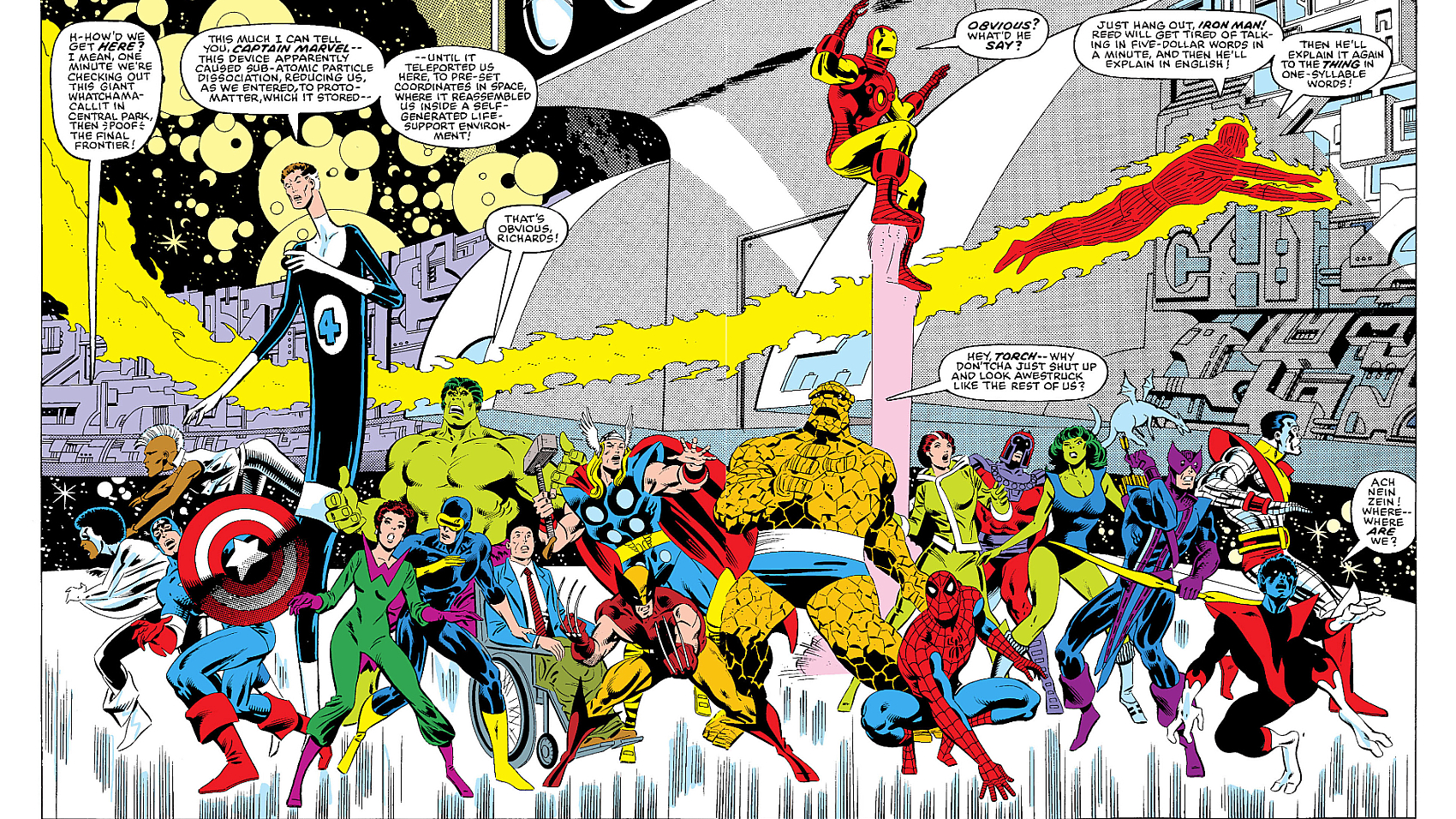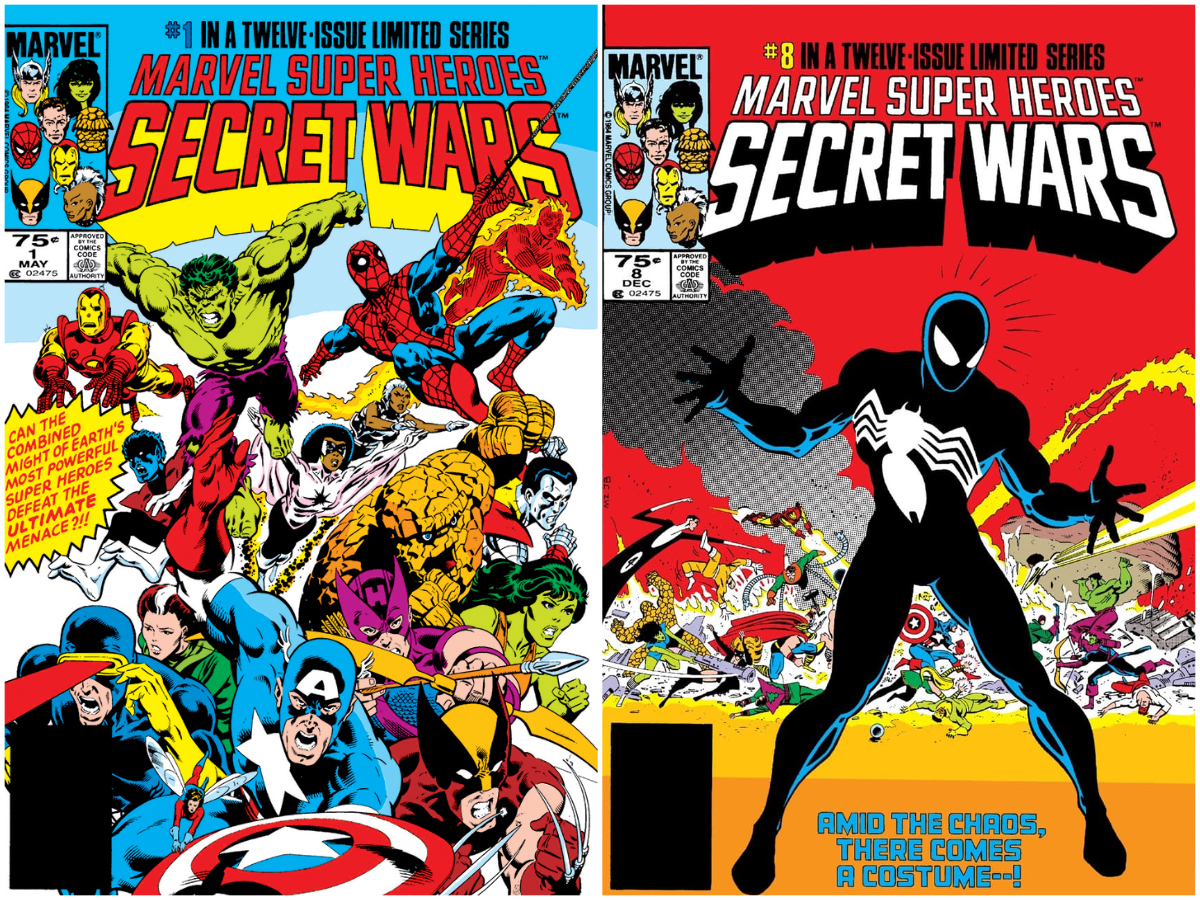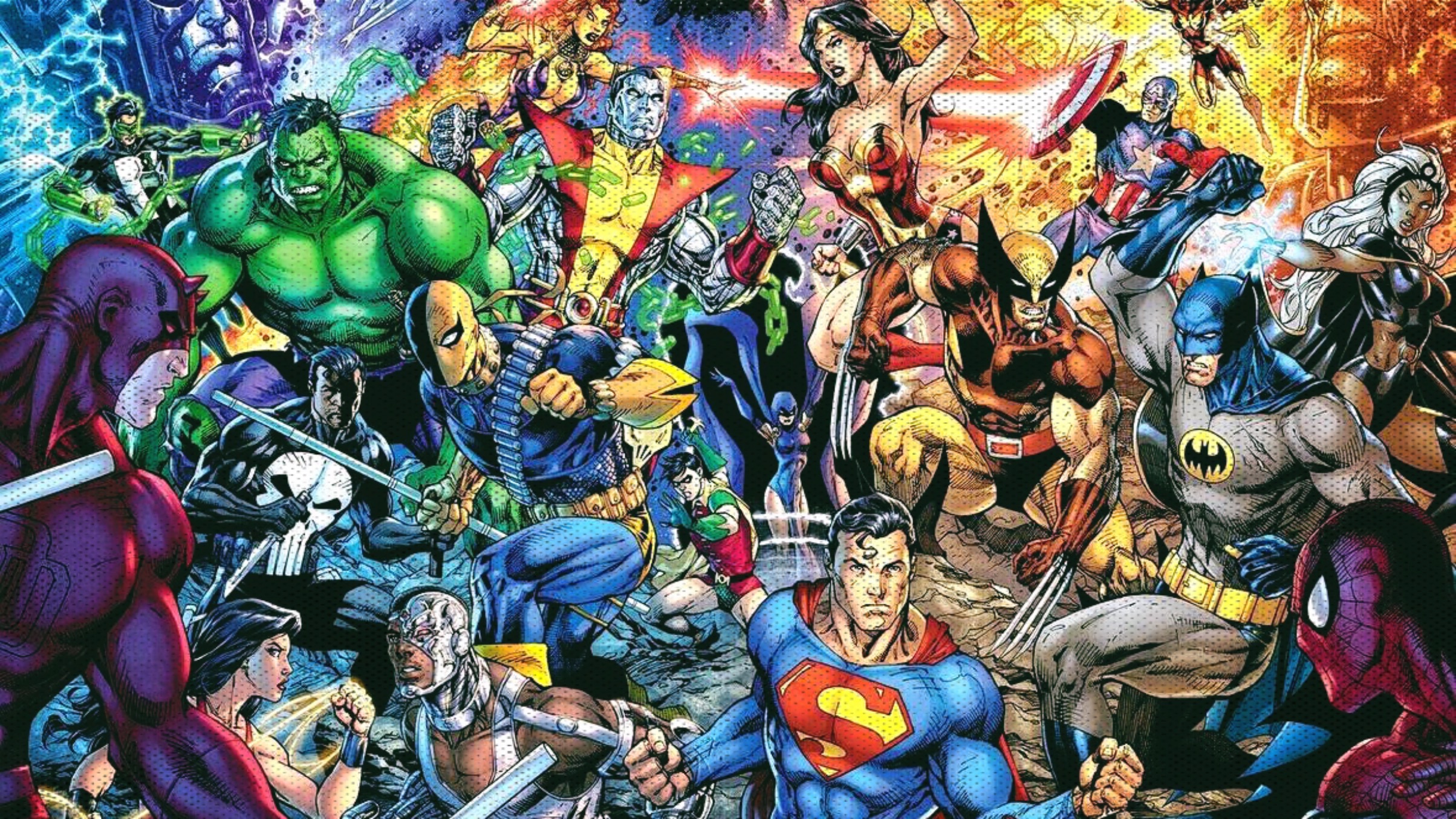
In a recent sad turn of events, the comic book community bid farewell to an undeniable legend: Jim Shooter, a prolific writer of superhero comics and once the head honcho at Marvel Comics, who sadly passed away earlier this month. The remarkable life he led in the world of comics, along with the immense impact he made on the industry, particularly during his time at Marvel, has been extensively covered in the heartfelt tributes published since his demise. However, one aspect of Shooter’s legacy that hasn’t received as much attention is his groundbreaking work in establishing the modern crossover event format. His influence on comics is universally recognized – from fostering some of the industry’s most revered creators to advocating for fairer compensation for artists – but his pioneering efforts in this area continue to be overlooked.
In simpler terms, the concept of multiple superheroes teaming up from different stories or worlds to fight a common enemy or work towards a mutual objective within one continuous storyline is now a significant aspect in the creation and marketing of comic books. This idea was largely popularized by Jim Shooter’s “Secret Wars.
Secret Wars and the Birth of the Crossover Event

Jim Shooter, being a creative powerhouse, probably wouldn’t have thought up the concept for Secret Wars without some inspiration from Mattel, the toy manufacturer. He openly admitted this in a 2011 post on his blog, JimShooter.com. As per Shooter, Mattel felt threatened when their competitor, Kenner Toys, teamed up with DC Comics to create the Super Powers Collection – a line of action figures featuring DC characters. In response, they proposed to Marvel the idea of creating their own collection of Marvel action figures. During these discussions, Mattel suggested that Marvel should publicize the collection through a significant event like a double issue or a limited series.
Mattel presented a lineup of potential characters they thought were best fit, along with ideas for enhancing these characters to better appeal to their audience. In response, Shooter suggested that an epic tale starring (almost) all current Marvel heroes would be the optimal approach to meet Mattel’s objectives. However, Shooter identified a hurdle that needed to be overcome before production could start.
During that period, crossovers were prevalent but usually demanded a lot of managerial skill. Characters belonging to Marvel were considered as personal possessions by writers, making them reluctant to share control of these characters with other writers, even for a single issue. To sidestep the difficulties this would cause for the planned “event” comic by Mattel, Shooter opted to write it himself. As Editor-in-Chief, Jim Shooter had an overall perspective of the Marvel Universe and unparalleled access to all the creative teams working on individual titles and characters. Moreover, he wasn’t emotionally attached to any one character or series, ensuring their portrayal in the story would remain impartial. This move turned out to be almost ideal for kick-starting the crossover event.
The Genius Jim Shooter’s Crossover Event Architecture

In my perspective, the project I embarked upon was an unprecedented endeavor, a colossal task never before attempted. This monumental challenge was primarily due to the factors hinted at by Shooter. Yet, I felt prepared to meet this formidable test.
To start with, I am not just any writer; I am an exceptionally creative one, self-evident from my work history. Since I was 14 years old, I’ve been crafting comics, and my previous work on Legion of Super-Heroes granted me unique insights into skillfully intertwining numerous characters, each with their distinct storylines, into a single compelling narrative.
In the second place, he admired and valued the work and insights of Marvel’s editorial and writing team, who weren’t afraid to share their thoughts on how characters should be depicted in the series. He recognized that they knew the characters more intimately than him. This feedback was crucial in creating a complex narrative that stayed true to continuity. Without this collaborative approach, he might not have been able to accomplish the event as effectively. The combined effort resulted in almost the entire Marvel Universe being brought together within one unified series. It was an arduous task, but upon completion, it became —as Shooter himself described— “a hallmark of comic book publishing.
The Legacy of Jim Shooter’s Secret Wars

Originating from a clever marketing strategy by a toy company, the concept sparked Jim Shooter’s determination to revolutionize the conventional method of superhero storytelling. This approach had been molded by cautious writers who confined their characters to individual narratives. By uniting all the heroes under one title, Shooter showcased that crossover stories could not only be captivating but also enrich separate series. Furthermore, he demonstrated that when crossovers are carefully planned — as opposed to emerging spontaneously — they can transform into massive events with far-reaching consequences for the continuity. It’s challenging to express the immense impact this shift had on superhero culture during that period.
According to Shooter’s account, his plan served as the foundation for special events in superhero comics, shaping the way superheroes are often portrayed in movies and TV shows. From his perspective, what made this “event” truly remarkable wasn’t just the storyline itself, but also the ingenious strategy behind it. This strategy encompassed working with non-comic industry partners, bringing together writers, capturing readers’ attention, and providing engaging content. It was a tale and plan that only Jim Shooter could have executed.
https://comicbook.com/comics/news/jim-shooter-most-important-comic-book-moments-marvel-dc/embed/#
Read More
- Ashes of Creation Rogue Guide for Beginners
- Best Controller Settings for ARC Raiders
- ARC Raiders – All NEW Quest Locations & How to Complete Them in Cold Snap
- Eldegarde, formerly Legacy: Steel & Sorcery, launches January 21, 2026
- Netflix’s One Piece Season 2 Will Likely Follow the First Season’s Most Controversial Plot
- Bitcoin’s Wild Ride: Yen’s Surprise Twist 🌪️💰
- Battlefield 6 Shares Explosive Look at Single Player in New Trailer, Captured on PS5 Pro
- ID@Xbox chief Chris Charla talks to us about Microsoft’s indie game dev program — “We don’t want bringing games to Xbox to be a lengthy, painful process.”
- 5 Games Pokemon Fans Should Look Out For in 2026 (That Aren’t Pokemon)
- Kirby Air Riders ‘Overview’ trailer
2025-07-10 19:43